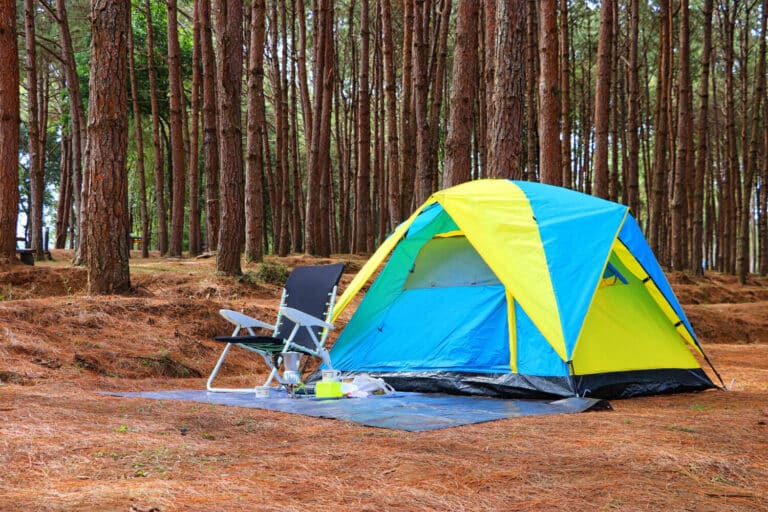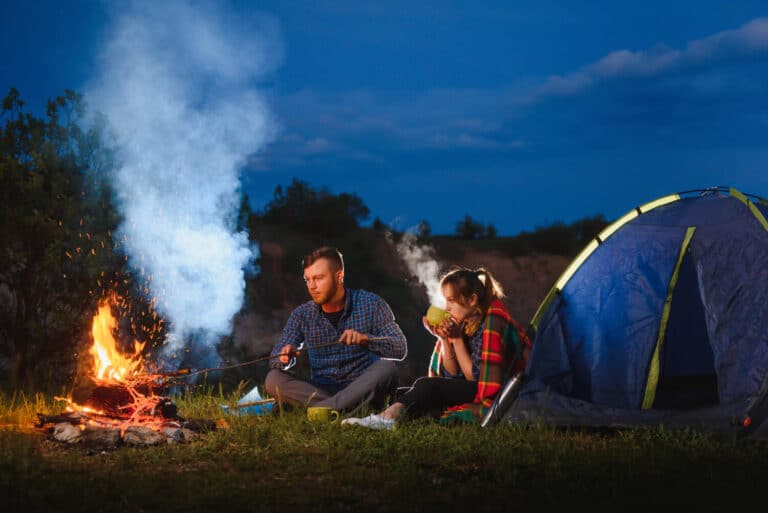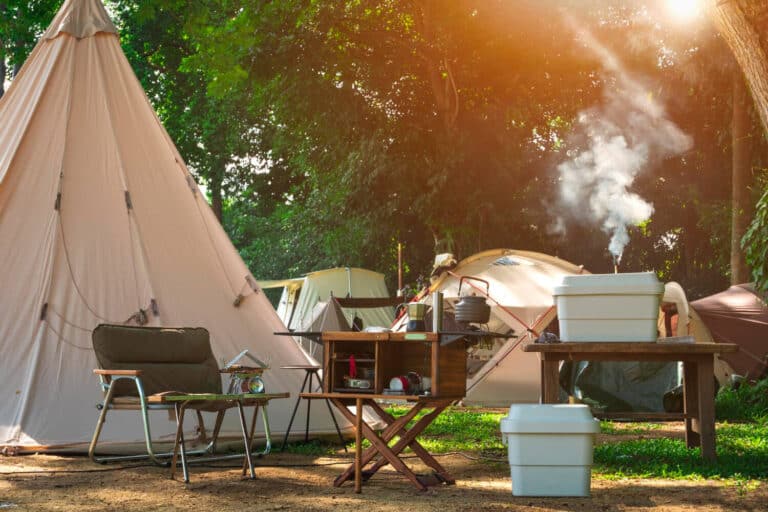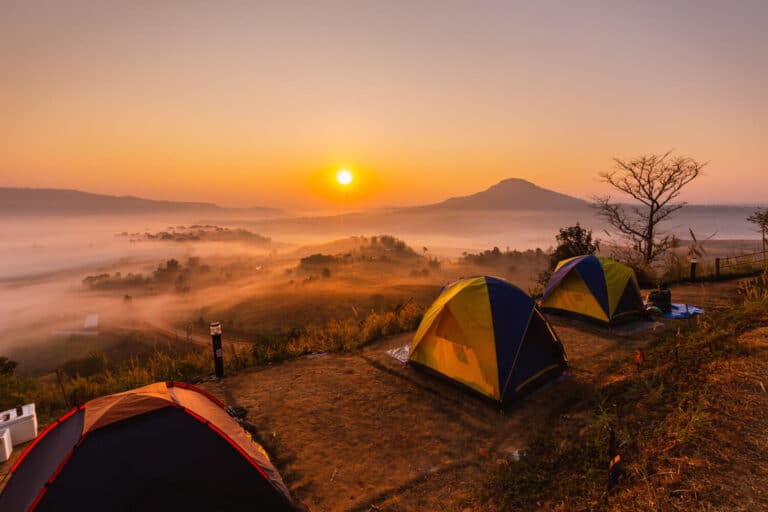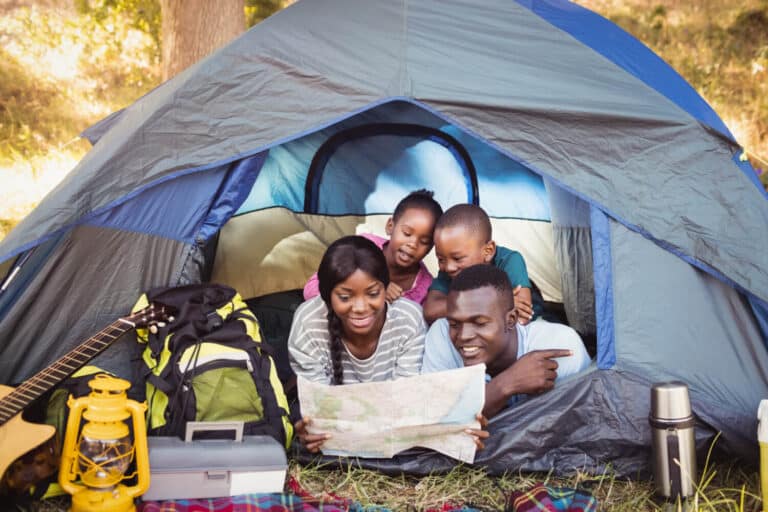The Secret to Cozy Nights? Backpacking Sleeping Bags
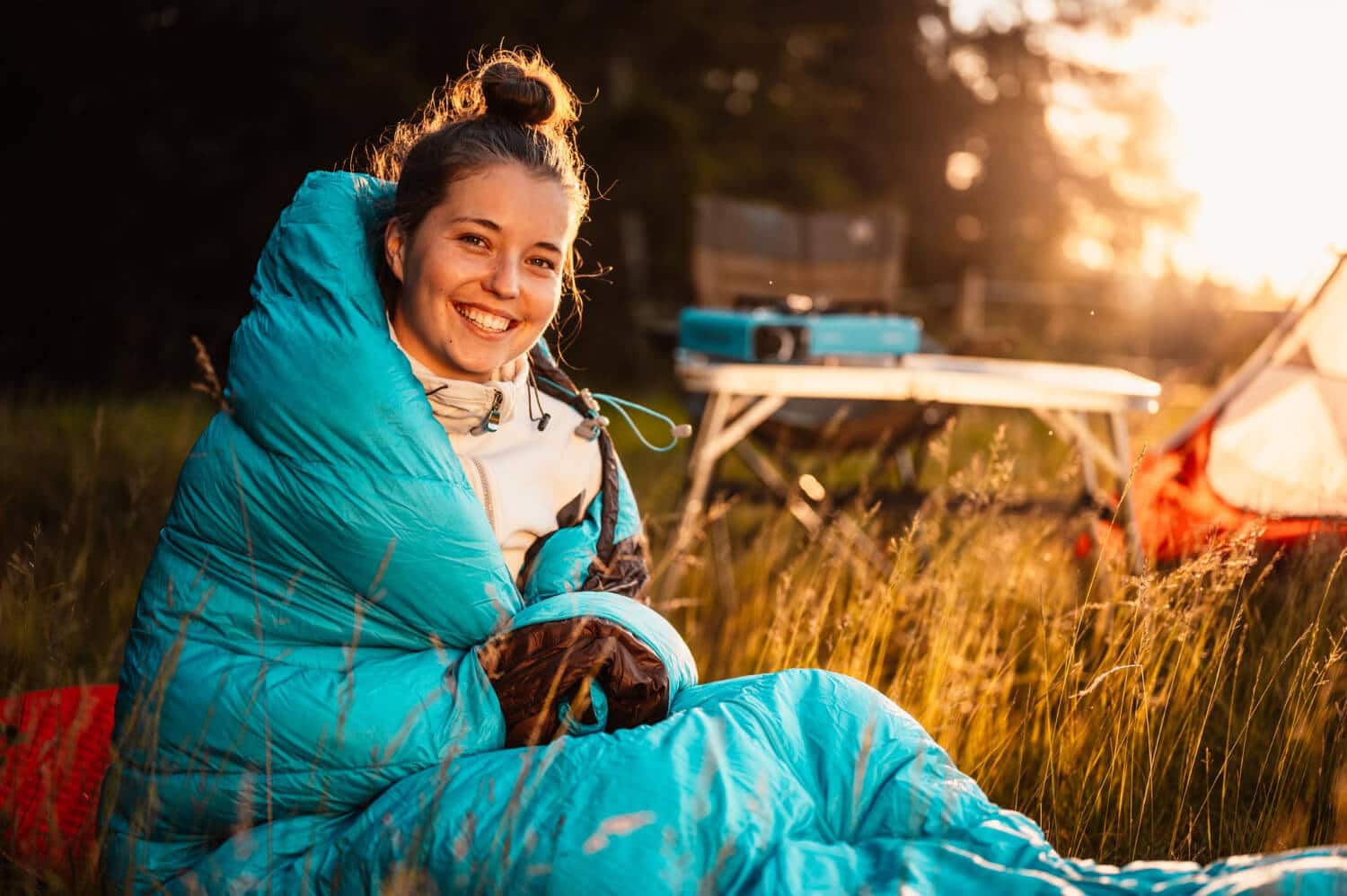
Are you still using the same sleeping bag you took to scout camp, hoping for a comfortable rest? If so, technology has come to your rescue! Today’s backpacking sleeping bags are lighter, vastly warmer, and have superior compression capability. You won’t need to dread carrying that bulky old relic for 10 miles – there are now 3-season bags that weigh less than two pounds! It’s time to experience a better and cosier outdoor adventure.
The Battle of Insulation: Down vs Synthetic Polymers
Considering insulation materials, two types are available: down and synthetic polymers. Both possess different characteristics; down being more lightweight and compressible, whereas synthetic is slightly heavier but offers better insulating properties when wet. Although down may be somewhat lighter than synthetic, technological advancements have enabled the latter to compete well.
Furthermore, when dry, down is more efficient in generating and retaining heat; however, should it come into contact with water, it will quickly lose its insulation capabilities. Conversely, synthetic will still keep you warm even when wet – and it dries relatively quickly.
Styles and Designs of Backpacking Sleeping Bags
If you’re a backpacker searching for a sleeping bag, you’ll find a range of styles on the market. The ‘mummy’ is renowned for being the lightest and most compact of the lot. However, if tight-fitting fabric makes you feel claustrophobic, variations are available that provide a little more room. Depending on the gender, needs may differ – men usually like space around their shoulders while women enjoy more hip room. Thankfully, various models can be found to match these preferences.
Temperature Ratings for Optimal Comfort
When backpacking, the temperature of your sleeping bag should be 10°F lower than the expected low temperature. So if the coldest you can experience is 40°F, get a sleeping bag rated 30°F. That extra padding of a few degrees will give you some wiggle room should the temperature drop. If you’re naturally a chilly sleeper, you may want to get a lower-rated bag to stay warm. But, if you sleep warmly, opt for a higher-rated bag – bonus, you’ll be lugging around less weight.
Tips and Tricks for Added Warmth
Are you an avid camper looking for ways to increase your night time warmth? You can rely on something other than your lower temperature-rated backpacking sleeping bag. You can also use different methods, such as adding a bag liner to add up to 15 more degrees of warmth.
Before bedtime, fill a Nalgene bottle with boiling water and put it close to your feet. Eating a high-calorie snack and drinking something warm beforehand can make a big difference. In addition, it is best not to try to ‘hold it’ all night as this will cause your body to burn heat to keep all the fluids warm. And, of course, you can add other clothing items like hats, gloves and wool socks for extra warmth.
Two Hikers, One Tent: Warmth from Body Heat
Sharing your tent on a hike can increase the overall warmth significantly. Additionally, another person’s breath in the tent will generate more heat. Even though it sounds humorous, we are all full of hot air (literally speaking). So remember to make use of this on your next camping adventure. A good-quality sleeping pad is also invaluable as it insulates between your sleeping bag and the ground, minimizing heat loss through conduction. We will further elaborate on sleeping pads later in the article.
Embrace the New Age of Backpacking Sleeping Bags
Technology has completely transformed the way we backpack. Today’s sleeping bags have been designed with superior comfort, practicality and quality in mind. Hikers have an array of options to choose from when it comes to insulation and style, so everyone can find something that suits their needs.
You must ensure the bag’s temperature rating is suitable for the coldest temperature conditions you’re likely to find yourself in -there are also several methods to enhance a bag’s warmth for optimal comfort. With the help of modern tech, backpacking has never been better!
If you want to take full enjoyment from your journey on the trail, selecting an appropriate sleeping bag is crucial. To get the most out of your backpacking experience, analyze your specific circumstances and requirements when selecting the ideal bag. Bid farewell to cold and uncomfortable nights: it’s time to rest well and explore nature!
